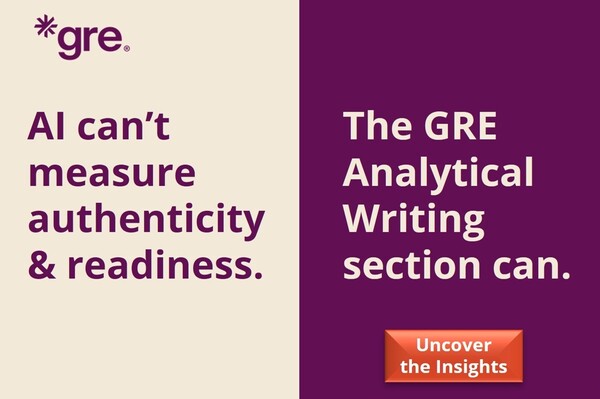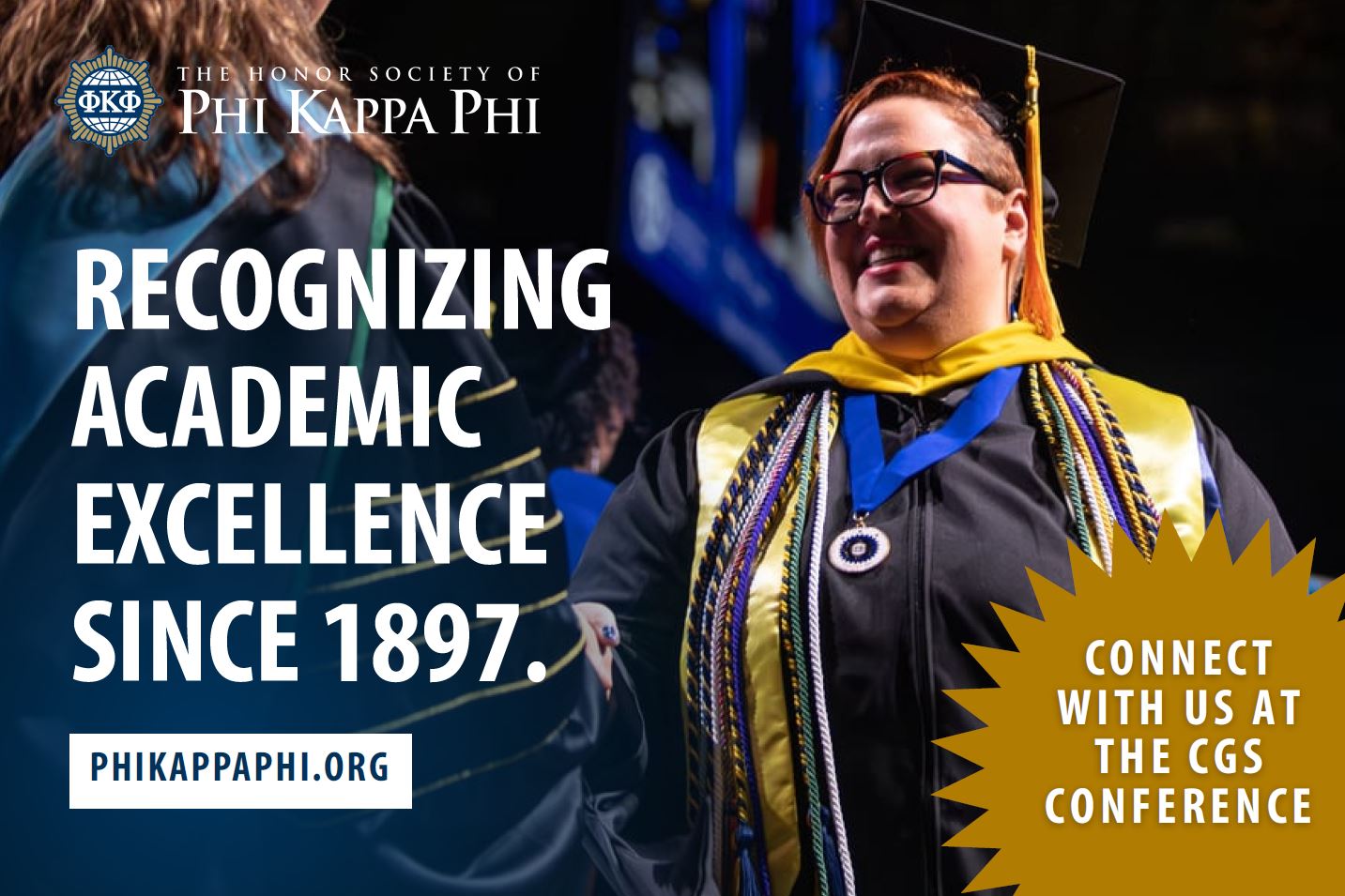From the Bronx to a PhD: How a Lifetime of Transit Advocacy Turned into a Movement
For Jay Arzu, transportation has never just been about getting from point A to point B, it’s been the backbone of his empowerment, his advocacy, and now, his academic career. Born and raised in the South Bronx’s Mitchell House, Jay’s earliest understanding of opportunity came through the New York City subway system.
“There were three subway stations in my neighborhood,” he recalls. “I could get to internships; I could get to jobs and different opportunities to help better myself.”
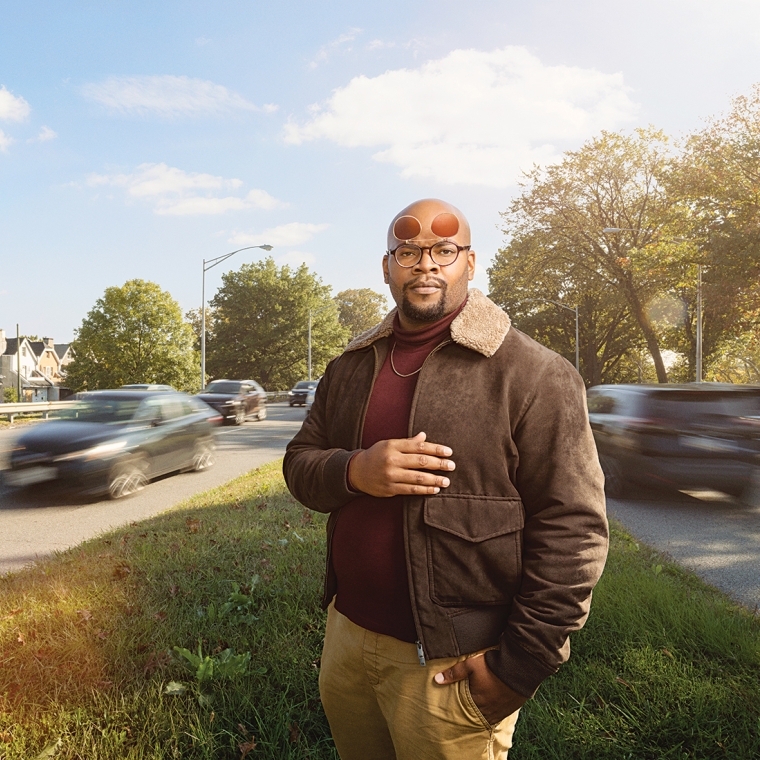
Credit: Jay Arzu
Arzu said that at the time, the South Bronx was the poorest congressional district in the country and not always the safest place to grow up. But what made the neighborhood special to Arzu was its connectivity.
“Even if our community didn’t have the amenities we needed, we could just hop on the 4, 5, or 6 trains and access the rest of the city.”
From a young age, Jay was fascinated by how mass transit connects people and communities.
“Anyone who knew me then could tell you that I would be working on trains, or doing something city planning related,” Arzu said.
This early passion led him to advocacy work as a teenager, fighting to protect the student MetroCard program — a free public transportation pass that many low-income students relied on to attend school. “If they took it away, it would have made going to my high school impossible,” Arzu said. “I either would’ve had to walk four miles or not go at all.”
Arzu and other students across the city built a coalition that became the Urban Youth Collaborative that staged walkouts and successfully pressured the city to preserve the program. He said that experience sparked his passion for community organizing, which continued in the Bronx and eventually led him to his current work as a doctoral student in Philadelphia.
“That work — it wasn’t work to me,” he said of his early coalition building. “It’s something I personally take pride in. Giving back to my community, my state, my country, wherever I am, that’s what drives me.”
Inspiration from Design, Policy and Planning
Arzu is now pursuing his PhD in city and regional planning at the Stuart Weitzman School of Design at the University of Pennsylvania. He received his undergraduate degree in political science at Marist University and later earned a Fulbright to study in Milan, Italy, at Bocconi University.
He credits part of his global academic journey to a childhood memory — witnessing the 9/11 attacks as a third grader, which left him feeling scared for a long time. He eventually came to find inspiration in the new World Trade Center site. He was moved by the symbolism and design of the different buildings and how the lights shine through. This led to him becoming a fan of architect Daniel Libeskind who designed the memorial.
“His work was astounding to me,” Jay says. “When I found out he was part of a major urban redevelopment project in Milan, called CityLife, I applied to the Fulbright so I could study and compare both of his major works.”
While at Bocconi, Arzu earned his Master of Public Administration because he saw that degree as a path to a future rooted in policy while also focusing on planning, infrastructure, and community development. He felt it would help him pursue a career leading a public agency.
Arzu became interested in policy during two different stints working in Washington, D.C. Before his Fulbright, Arzu worked on infrastructure policy as an intern in Senator Chuck Schumer’s office. This experience helped him see how large federal projects come together and what it takes to get from a community idea to an outcome that is actually built.
When he returned from Italy, he worked at the Congressional Black Caucus Foundation, where he started researching the mid-century highway construction boom and its destructive impact on historically marginalized communities. “I came to recognize that neighborhoods were being bisected, displaced, or outright destroyed by these highways,” he said. “It was eye-opening.”
While there, they began organizing and what started as a small meeting of a dozen activists grew into a national movement of “freeway fighters,” community members and urbanists across the country advocating for the removal of highways that severed neighborhoods.
“I got to see a movement start small and just blow up. That energy is what brought me to Penn,” he said. “At the end of my Washington experience, I recognized that I wanted to dive deeper into planning.”
A Dissertation That Found Him
Initially, Arzu came to the University of Pennsylvania to study highway removal for his PhD. But, as he puts it, “sometimes the dissertation comes to you.”
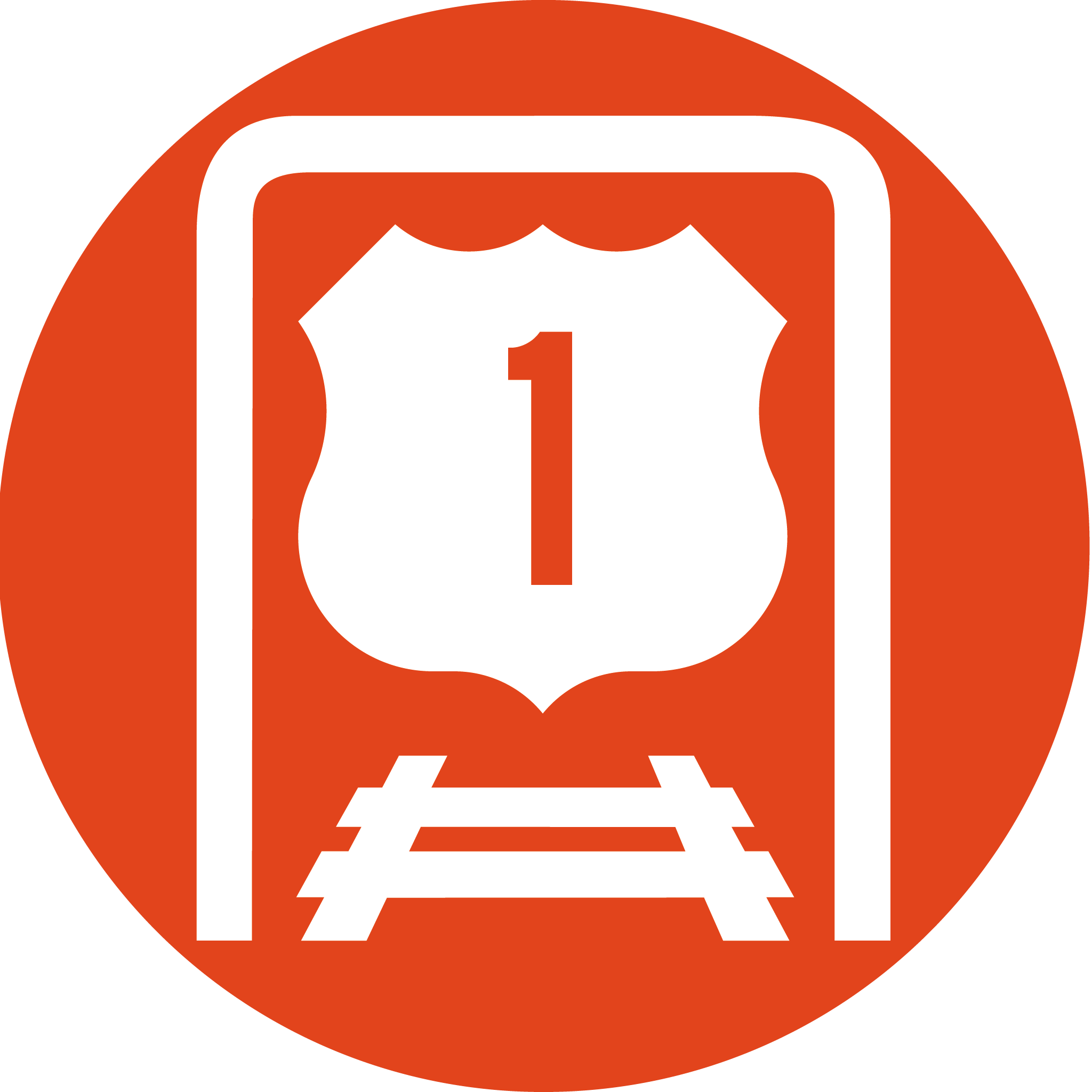
Logo for the Roosevelt Boulevard Subway Movement. Credit: Jay Arzu
That happened for him when Arzu embarked on a capstone project that reignited his childhood transit passions. He and a classmate chose to study the Roosevelt Boulevard Subway, a proposed line in Northeast Philadelphia first floated in 1913 but was never built.
“It had so many stops and starts over the decades,” Arzu said. “And when I looked at the last major study from 1999–2003, I saw it had huge ridership potential and massive economic development possibilities. I thought, why isn’t this being built?”
Arzu said the timing was perfect because the Infrastructure Investment and Jobs Act had just passed and he saw an opportunity to advocate for a project that could bring tens of thousands of jobs and improve equity in transit access to the Northeast Philadelphia community.
It would also increase safety. Roosevelt Boulevard is one of the most dangerous roads in the country and has been nicknamed “The Boulevard of Death.” At 12 lanes wide, it promotes speeding and has resulted in four car crash deaths in September alone. Arzu said that if more people could use the subway, they could reduce the number of lanes and make the road safer for the community.
To raise awareness, Arzu wrote an op-ed in The Philadelphia Inquirer advocating for the project, and the response was immediate. Local policymakers started reaching out. This encouraged him to follow up with another piece for WHYY, the city’s PBS and NPR affiliate.
“Policymakers in Northeast Philly began saying, let’s have a town hall. Let’s talk to the community,” Arzu said. “I was part of the panel for the town hall, and we thought it would be 20 or 50 people. We did not expect it to be closer to 150 people on a Saturday morning.”
Arzu said many of the town hall attendees, from college students to retirees, expressed their own version of the same story: feeling disconnected from the rest of Philadelphia, feeling stuck without a car, wanting more connection to the rest of the city and region, and a deep sense of isolation and a desire for change.
“Northeast basically felt like its own city, but now things were changing, and people want more connection to the rest of the region, and the rest of Philadelphia,” Arzu said. “That meeting was a catalyst. It launched the Roosevelt Boulevard Subway Movement.”
After the town hall, Arzu said community members began volunteering. Arzu continued meeting with policymakers, unions, and eventually gained the support of the city council. U.S. Senator John Fetterman came on board after Arzu met with his office and was very enthusiastic about the project.
“That grassroots push, powered by local voices, helped us persuade PennDOT to include the subway as an official alternative in their “Route for Change” study, which had previously only considered light rail and bus rapid transit,” Arzu said.
Arzu continued working with community stakeholders, unions, and policymakers—explaining why this project is critical for the health and future of the city. The project is still in the study phase, and he expects a decision by 2026 on whether the subway will be selected as the locally preferred alternative. Then it will head to the federal government for another 4-5 years of review.
But Arzu feels just getting to this point is a major accomplishment and is proud to have revived a much-needed project that could connect a transit desert to the rest of Philadelphia, spurring billions in economic development and employing tens of thousands of union workers.
“This will transform lives. It won’t solve every issue, but in terms of mobility and connection, it’s a true game changer,” Arzu said. “And I helped bring it back.”
Writing a Dissertation While Building a Movement
Arzu’s dissertation, a three-paper format, will be a chronicle of this project and the movement. The first paper traces the Roosevelt Boulevard subway concept from 1913 to 1973, the second covers 1973 to 2003, and the third focuses on the modern movement—from 2003 to Arzu’s own leadership in reviving the project.
That final paper also dives into how Arzu built a grassroots movement, detailing how he organized the project, what members of the community he spoke to, and how he brought people together. He’s finishing up his papers and plans to graduate in May 2026.
Arzu said that the process of earning his degree has been essential to this project. He’s done extensive archival research at City Hall and the city archives, digging up historical records, newspaper clippings, and planning documents going back to 1912. He said that this research has helped him understand how the subway has been proposed and failed over a dozen times in 110 years. Arzu said he is learning from that history on how to break the cycle.
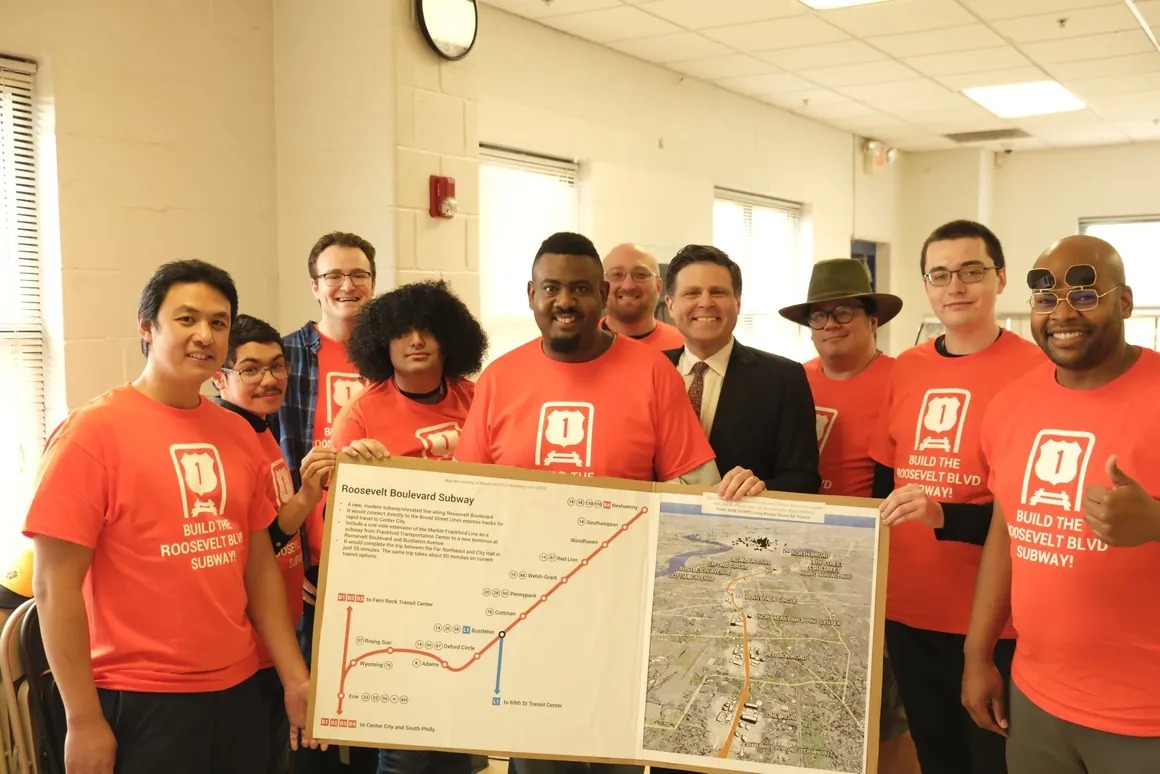
The Roosevelt Boulevard Subway Movement. Credit: Jay Arzu, right.
“Building a lasting coalition was key. Infrastructure projects in Southeastern Pennsylvania face deeply rooted challenges. Everything is stacked against projects like this moving forward,” Arzu said. “But what I’ve tried to create is hope for a future-focused Philadelphia, one where we believe in economic development, improved mobility, and better connectivity for all neighborhoods.”
After graduation, Arzu wants to continue teaching because he loves academia and working with students, whether they’re aspiring PhDs or future practitioners. He wants to encourage those passionate about infrastructure to pursue a degree in that field. Arzu said he’s designed the Roosevelt Boulevard Subway Movement to go on without him, though he plans to stay involved in projects like this for the rest of his life.
“Whether it’s this subway or a bigger one, this is my passion. Someday, I hope a PhD student 50 years from now reads about what we did here and writes their own dissertation on it,” Arzu said.
Arzu is grateful to the University of Pennsylvania for all the support they have provided him, and he is glad he can give back to Philadelphia in such a meaningful way.
For prospective students considering graduate school, he encourages reaching out to and building connections with current PhD students.
“I reached out, shared my story, had Zoom calls, and those students helped guide me toward the right professors and ultimately to Penn. Those relationships matter just as much, if not more, than any application,” Arzu said. “That made all the difference for me.”

